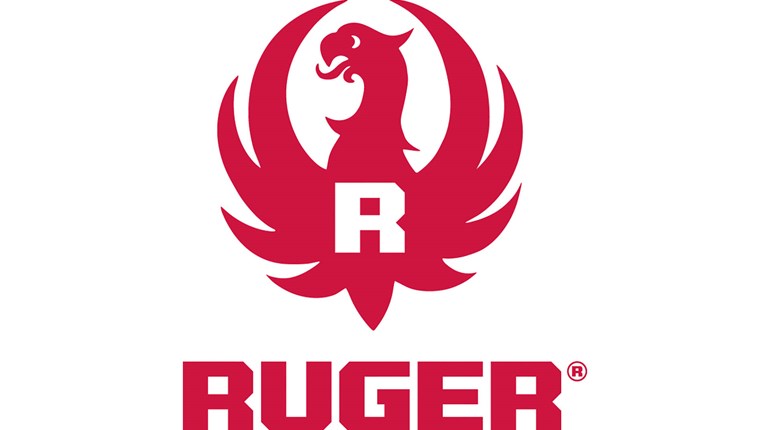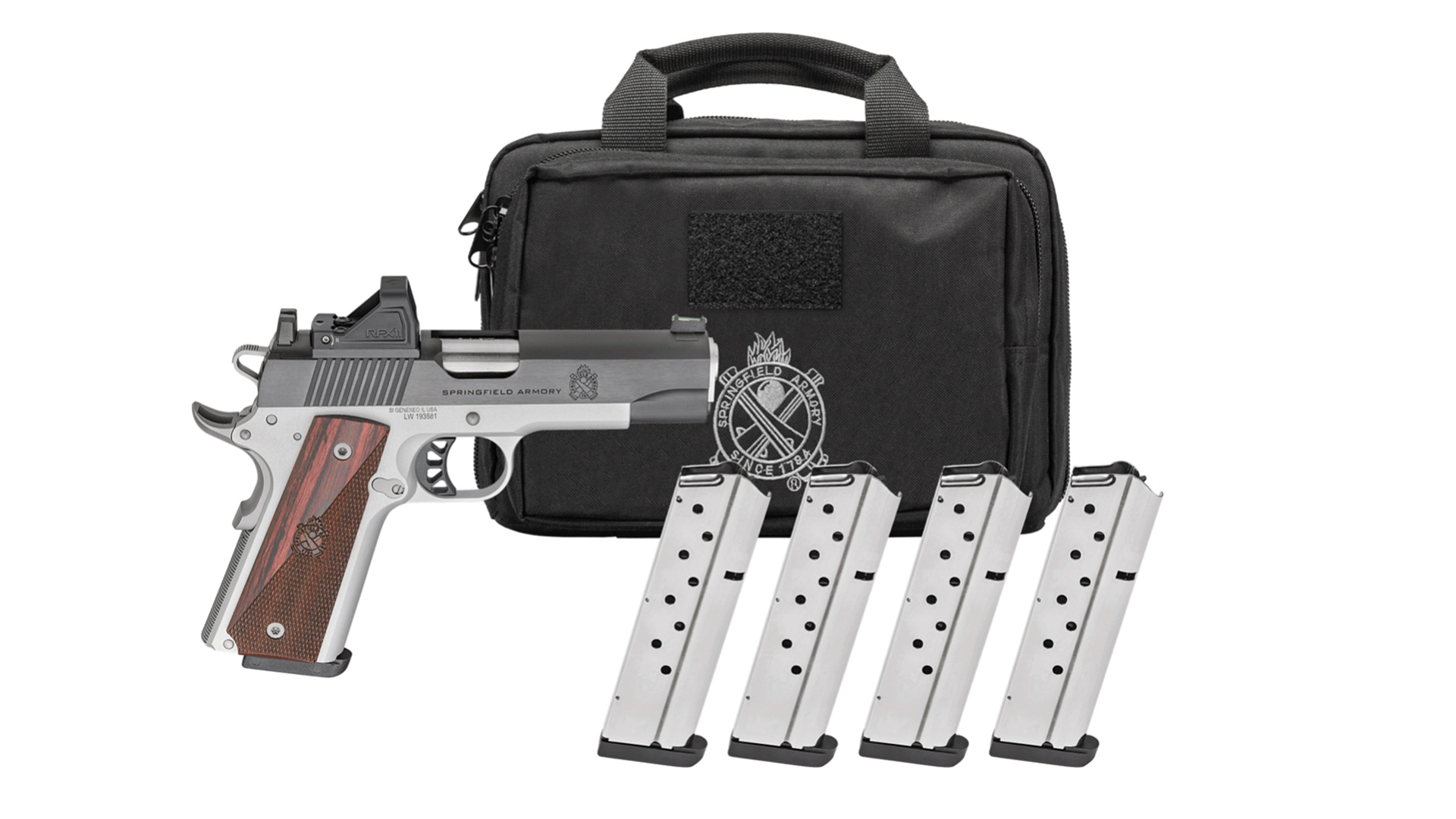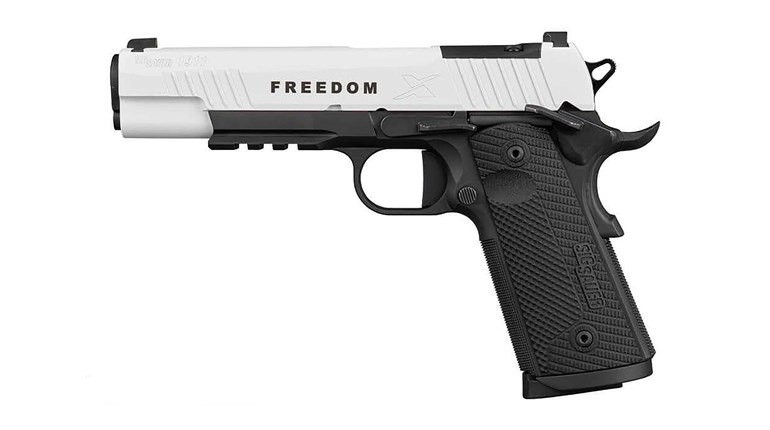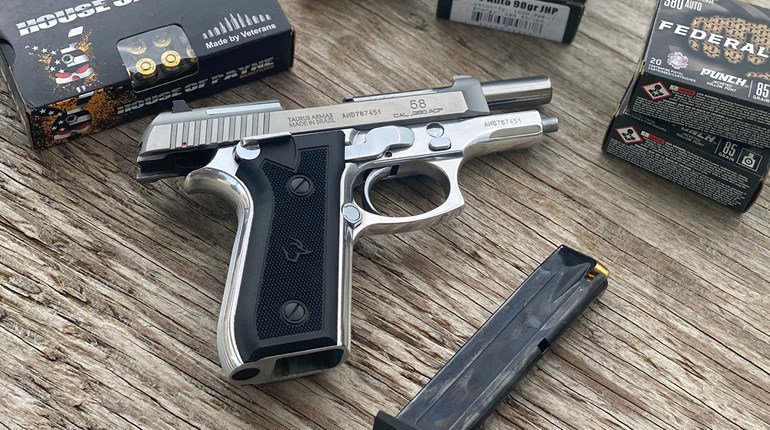
Shotguns for home defense have gotten a bad rap of late. Yes, they are extremely common—possibly the most-common firearm people have in their homes for protection—but they have been rapidly losing ground in that realm to modern sporting rifles and semi-automatic handguns. That said, a 12-gauge shotgun remains an excellent option for home defense, and the Mossberg 930 Thunder Ranch is an excellent example of why that’s the case.
Not being a big shotgun guy myself, I was skeptical of the last sentence for a long time, until I got a chance to attend shotgun training with the 930 Thunder Ranch at…Thunder Ranch. The Lakeview, OR, facility is the creation and domain of legendary firearms instructor Clint Smith, and he runs it with his wife, Heidi, and a cadre of outstanding instructors. Given that this Mossberg bears the Thunder Ranch name and insignia, I figured it was a good place to learn about the gun, in addition to learning how to properly deploy a shotgun for defense, and I wasn’t wrong.
The 930 Thunder Ranch is a semi-automatic 12-gauge with a 3-inch chamber. It sports a synthetic stock and fore-end, both finished in Kuiu camo that lends a distinctive look and clearly defines this version of 930 as a defensive shotgun. Well, that and the 18.5-inch barrel that ends in a ported standoff device that has sharp teeth and looks very scary indeed. It also has a knurled, extended charging handle, which is quite useful when speed is needed and dexterity is limited. Adding to its appeal for home defense, it has an orange, fiber-optic pipe as a front sight, which is highly visible in low-light conditions. MSRP on the shotgun is $721, which is quite inexpensive for a somewhat-tricked-out semi-automatic shotgun.
There is no rear sight, but the receiver is already drilled for an optic rail, and plenty of options are available on the aftermarket for the Mossberg 930, which is one of the most-common semi-automatic-shotgun platforms sold. For the class I attended, a Leupold DeltaPoint Pro was mounted on each 930. While designed to mount on a pistol’s slide, this optic proved a welcome addition, since it added little weight to the overall system.
At 6 pounds, 12 ounces, the 930 Thunder Ranch would appear to be in the middleweight division of home-defense firearms, but that weight measurement is somewhat misleading. It is very heavily front weighted, much more so than an AR-platform gun, so if you’re used to America’s Rifle, you’ll need to exercise your support arm if you plan to take a class with this scattergun. That would have been helpful to know prior to attending the class at Thunder Ranch…
All classes at Thunder Ranch start with a classroom session. First, there’s a safety brief, of course, but then comes perhaps the most important morning of your firearm education—and I mean that for your entire life’s learning about defensive use of force. Smith brings decades of knowledge won through experience both as a Marine and a police officer, but also through teaching and learning from students from all walks of life, including special operations forces from all over the world and regular armed citizens like you and me. He is also incredibly entertaining, so the classroom session is far from boring.
When it comes to shotguns, I had a lot to learn, and Smith had a wealth of knowledge to share. Perhaps the most memorable clarified something I already knew, but put it into a visual representation that was eye-opening. You have to aim a shotgun. Despite what you may have read in an online forum, seen in a movie or heard your idiot buddy say (and he is an idiot if he thinks you don’t have to aim a shotgun), you can’t just point your shotgun down a hall and expect to deliver a hit on a criminal intruder. Smith has cardboard circles attached to a string, each circle getting progressively larger. The circles are placed about a yard apart and the string is about 10 yards long. That’s 30 feet, which is pretty much the longest distance you’ll be shooting inside of your house. The last circle was barely the size of a grown man’s torso, if that large. So, what do the circles represent? The average spread of a load of 12-gauge 00 buckshot pellets at each yard from the muzzle. At 10 yards, the pattern is entirely contained in a torso-size circle, which means you’ll miss with probably all the pellets if you don’t aim a shotgun like you would a rifle. Even if a pellet or two hit the target, the majority won’t, which means you just wildly launched a bunch of .33-caliber projectiles with no idea where they might impact, and you are responsible for all of them.
There was much more information than I could possibly convey here, so we’ll skip ahead to the two days we spent on the ranges and in the shoot-house at Thunder Ranch with the eponymous Mossberg 930. As mentioned, the shotgun is front-weighted, which helps mitigate muzzle climb a bit, but we’re still talking about full-power, 12-gauge 00 buckshot loads for many of the evolutions. Recoil is definitely a thing, but surprisingly less than I expected. Part of the reason for that is the effective recoil pad on the buttstock, and the fact that achieving a proper stance and hold on the shotgun (any shotgun) will limit the effect of recoil on your shoulder. In fact, your cheek is likely to hurt way before your shoulder, because, again, you have to aim the shotgun, which necessitates putting your cheek on the stock.
Through about 500 shells of different manufacture and power, I experienced zero failures to feed or fire out of my 930, which is remarkable considering semi-automatic shotguns’ reputation for finickiness. I also learned the importance of a shell carrier, and the relative uselessness, for me, of a tactical reload. First, the carrier. The major limitation of any shotgun that isn’t fed from a detachable-box magazine is capacity. The 930 Thunder Ranch has a 4-round magazine plus one in the chamber, for a total of 5 rounds in the gun. Because of that capacity limitation, you may need to reload in a fight. Therefore, the shells needed for a reload will have to be on the gun, because in a home-defense scenario, you’re not going to have a pouch full of shells handy. That’s why a shell carrier is an important addition.

Now, why do I say the tactical reload is useless? Because despite lots of practice, I simply cannot reload the 930 or any other tube-fed shotgun quickly with my weak hand while keeping the muzzle on target. But I also have a philosophical disagreement with the tactical-style reload for such shotguns—in most cases. Pointing an empty gun at a threat is of limited value. Yes, you can theoretically fire a single shell quickly using the tactical-reload method, but my experience is you’re just as likely to drop the shell you’re struggling to load while under stress, at least I am. That happened more often than I care to admit, but it also happened to every other student at the Thunder Ranch class, which included active and retired law enforcement officers. Therefore, by the second day, all of us abandoned the tactical reload for the violin-style reload, where the shotgun is placed over the shoulder and the strong hand pops the shells into the tube. All of us were much quicker this way, and even getting the first round on target proved faster using this method the vast majority of the time. Thunder Ranch teaches multiple methods of reloading a shotgun, but ultimately Smith’s attitude toward everything is not doctrinaire. “If it works, do it,” he is wont to say.
The Mossberg 930 Thunder Ranch performed phenomenally in a high-round-count, high-activity-level class in adverse conditions—it rained for about half of the outdoor sessions. This shotgun is compact enough to maneuver through a shoot-house (and therefore your house, too) without difficulty. It demonstrated the utility and the limitations of a home-defense shotgun, and in the end, I became convinced that I would have no problem relying on this shotgun to save my life.






































